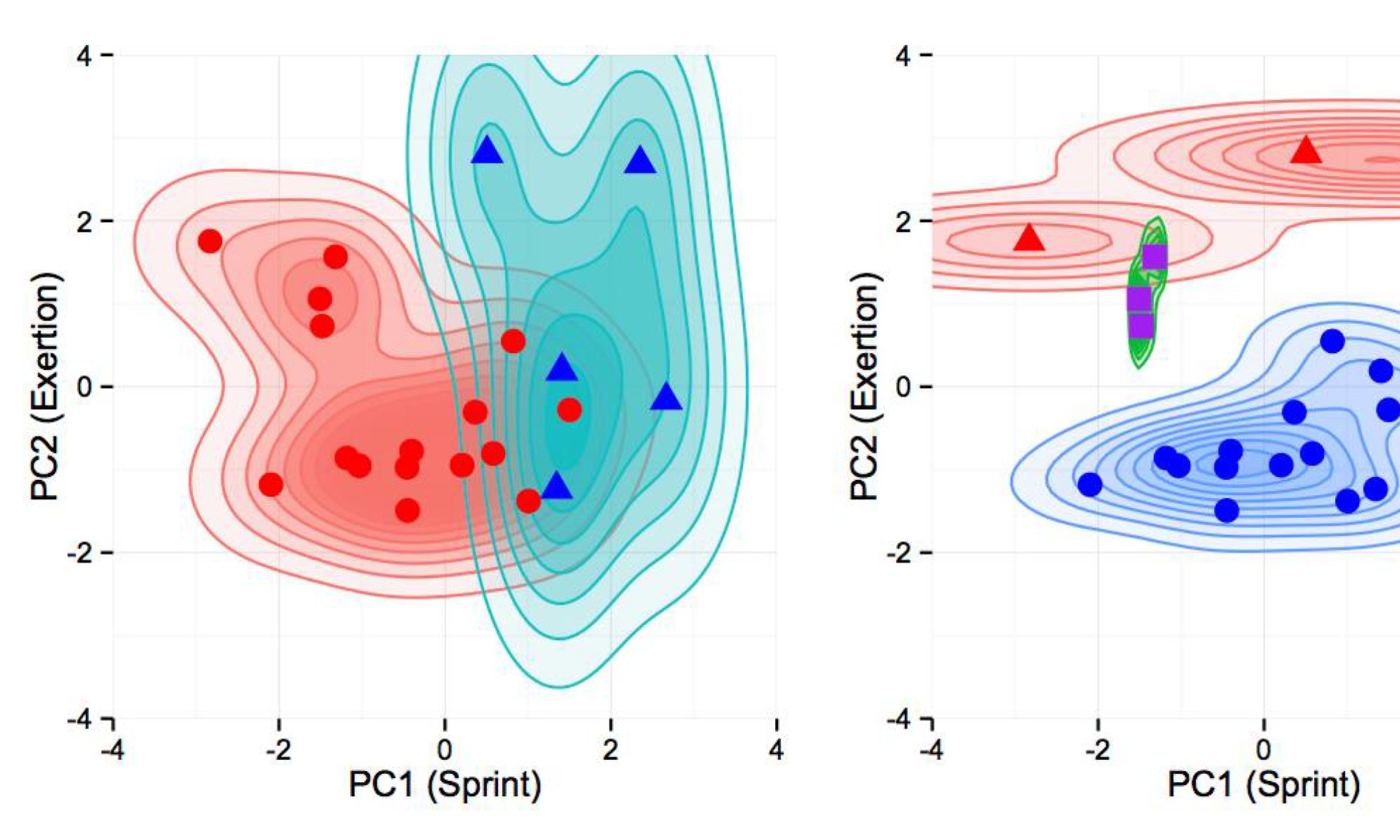R Objects Podcast
Excuse Me, Do You Have a Moment to Talk About Version Control?
From the American Statistician – managing data in a project. Complete with iris.R! Lol
https://doi-org.eres.library.manoa.hawaii.edu/10.1080/00031305.2017.1399928
Rmarkdown basics
How to install Rmarkdown without Rstudio
Please follow the instructions below:
Oops! I gave my GitHub branch a dumb name and now I want to rename it
Teach girls bravery, not perfection
Hi Folks,
I heard this very interesting bit on the Ted Radio hour on NPR this weekend by Reshma Saujani, who founded “Girls who code”. I found it to have very interesting lessons for self-reflection and understanding. Please listen, even if you’re a boy :). Do you think there is something to it?
https://www.npr.org/2016/06/24/483131204/can-coding-help-girls-take-risks
Marguerite
Matching quantitive values
3) Some of you have emailed me regarding matching on numeric values. In general, it is not a good idea to try to use == on quantitative numeric (non-integer) values.
This is because numeric values are stored as double precision. Although it looks like 5.1, it may actually be 5.1000001 which will cause no match when you compare it to 5.1. It is actually stored to eight decimal places (+/- 10^-8). Itʻs perfectly fine to use == for discrete values (like index numbers which are integers, or factors or characters), but do not use them for quantitive values or you may be surprised.
Here is an example of where this might come up.
x <- seq( from=0, to=50, by=0.1)
which(x==5.5) # works
which(x==5.1) # doesnʻt work
which(x==5.3) # doesnʻt work
Instead, use:
which(x>5.0 & x<5.2 ) # Better way
Of course it may return more than one index. You can just take the mean index:
which( x>4.9 & x<5.3 )
[1] 51 52 53
ii <- which( x>4.9 & x<5.3 )
mean(ii)
[1] 52
Of course rather than using actual fixed numbers, you may want to have a guess for x called P_x and test in a small neighborhood around that point. So if your delta is .1, you could code it as:
> ii <- which((x>P_x-delta) & (x<P_x+delta))
mean(ii)
If you are concerned about getting an even number (and resulting in a mean with a .5 ending, just round down:
> ii <- floor(mean(ii))
Then the coordinates of for example your guess would be:
> P_x <- x[ii]
P_fx <- fx[ii]
If you create a vector of derivatives, you can also use ii to index that as well:
> dx <- derivative[ii] # if you store your vector of derivatives in “derivative”
Marguerite
